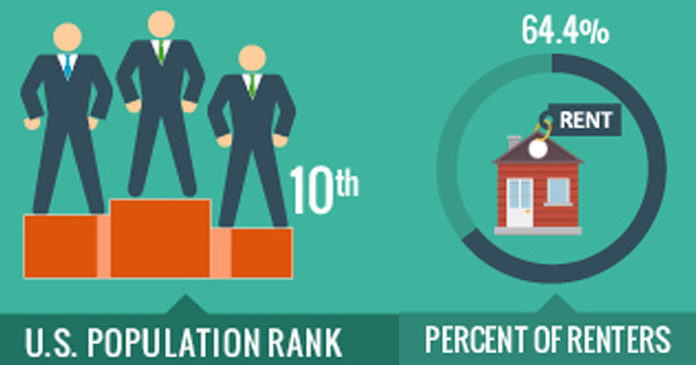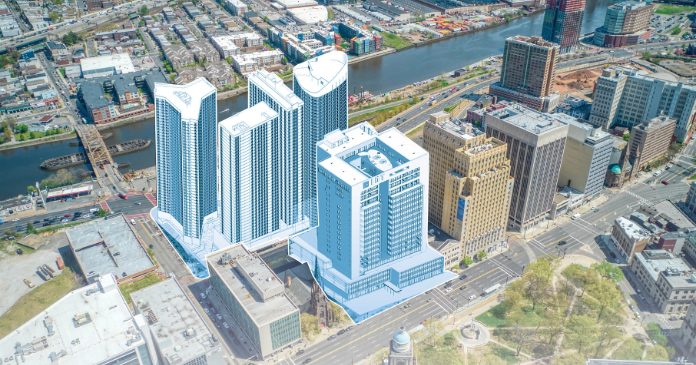This week the Dallas City Council approved its first-ever housing policy intended to help remedy its affordable housing shortage, a deficiency estimated to be around 20,000 units. The plan attributes the shortfall to the cost of land and development, labor and materials shortages, federal, state and local constraints, and the “single-family rental market which prevents equilibrium in the home ownership market.” The vote was a unanimous 15-0.
Adding pressure to its already inadequate housing supply, the Dallas population has grown approximately 2.9 percent in the last year due to more positive trends in the city’s job growth. While the volume of housing units in Dallas grew by 3.6 percent, the median sales price in Dallas grew by 9.1 percent in 2017 according to the Real Estate Center at Texas A&M University. These market conditions, the policy states, have had a negative impact on affordability across both the sales and rental markets. The policy asserts that 6 of 10 Dallas households are housing cost burdened. According to the federal standard, this means a household spends more than 30 percent of its income on housing.
The 10-point plan, the city’s first housing policy, sets out to build 3,733 new units targeted for homeownership, and 2,933 for rentals.
The Dallas housing policy is mostly centered on city-wide initiatives—tax freezes, workforce housing-focused incentives for firefighters, cops, and teachers, and rental assistance. The document also provides guidance on city investment and creates more rules for developers.
In addition, the policy includes financial incentives for private investment in affordable housing. New and rehab multifamily properties with 5 or more units may apply for discounted financing if they meet certain affordability requirements.
While the Dallas housing policy has been described as a “living” document, it’s officially titled, “Comprehensive Housing Policy.” Within the course of its approval, each council member referred to the policy as version 1.0.
Before this week’s milestone legislation, Dallas lawmakers concentrated funding on the most impoverished areas of the city regardless of market conditions. Focusing on a zip code rather than income level had the unintended effect of keeping low-income families within low-income neighborhoods. The new policy still targets geographic areas, but also focuses on households at various income levels and is quite similar to the approaches called for in The Real Estate Council’s presentation to the City of Dallas in 2016.
“Our recommendations focus on multifamily housing and offer a toolkit of options to encourage mixed income housing and affordable housing targeted to households with incomes between 80 percent to 140 percent of area median income,” stated The Real Estate Council in its affordable housing recommendations.















